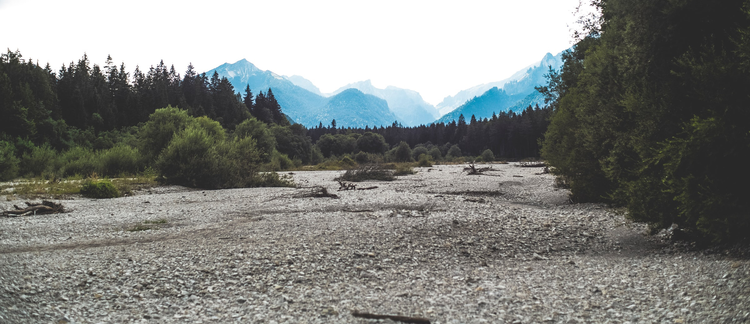Abstract
The Mexico-US border region is home to a particular hydraulic tradition with important social, cultural and environmental dimensions. This article discusses the ways that European, indigenous and mestizo colonists from central Mexico reshaped the borderlands as they molded Mesoamerican irrigation systems to the arid landscapes of the region. Small-scale irrigation systems conserve humidity and protect against heat and cold, and allow the reproduction of plants that constitute an important source of biodiversity, as well as a viable economic strategy for small-scale farmers. Religious festivals and rituals, together with social organizations, bring people together in communities around these irrigation systems. The author argues that these traditions are alive and well in many places, and constitute a shared inheritance of sustainable adaptation for people on both sides of the national-state divide.
Keywords: Mexico-US border, Rio Bravo/Grande, water rituals, acequias
How to Cite:
Saldaña, T. M., (2012) “Water rituals on the Bravo/Grande River: a transnational political and ecological inheritance”, Journal of Political Ecology 19(1), 57-69. doi: https://doi.org/10.2458/v19i1.21716
Downloads:
Download PDF
View PDF
1678 Views
527 Downloads

